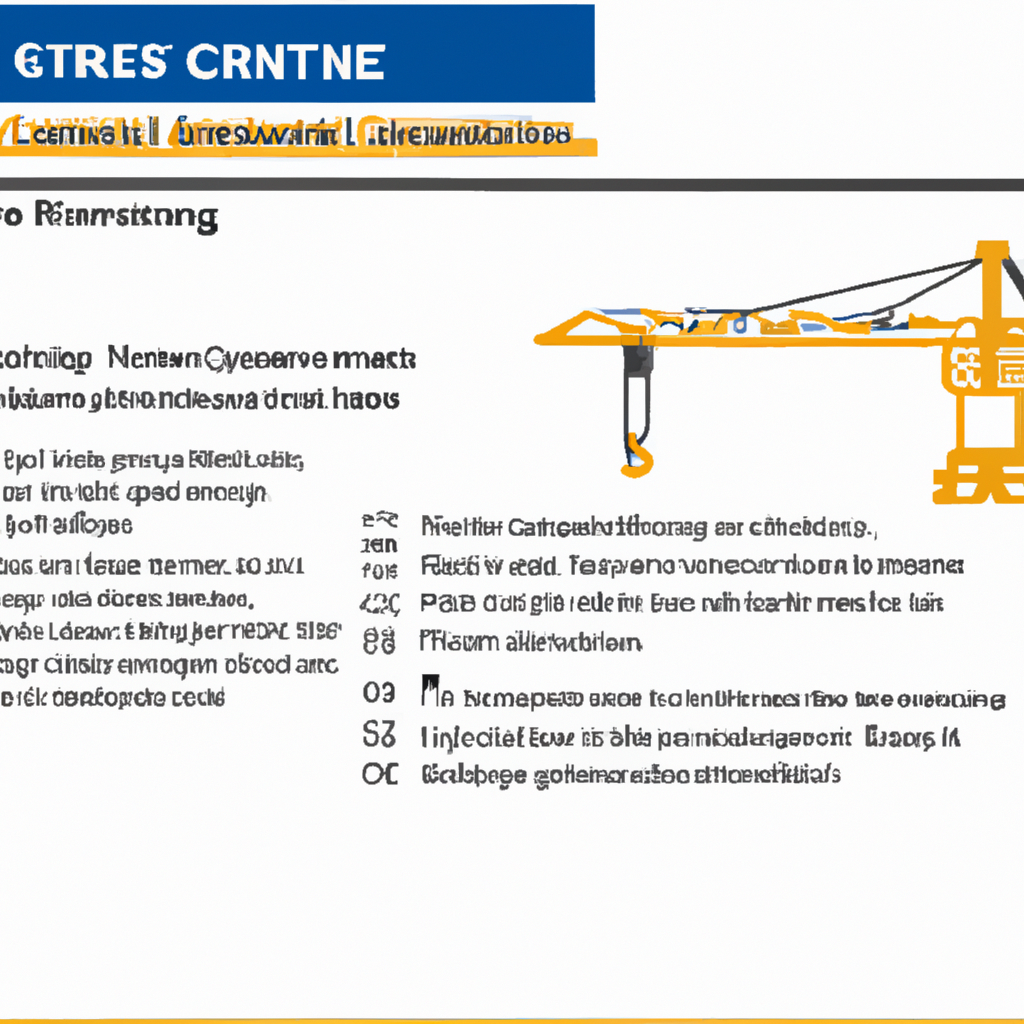Introduction to Tower Crane Setup Certification
Modern construction sites often rely on the impressive reach and lifting capacity of tower cranes. However, the installation and operation of these massive machines require specialized knowledge, expertise, and proper certification. Tower crane setup certified professionals are essential for ensuring that every phase of crane erection, operation, and dismantling meets stringent safety and regulatory standards.
Why Tower Crane Setup Certification Matters
Achieving a tower crane setup certified status is more than a badge of honor—it’s a legal and safety requirement in many regions. Certification ensures that crane erectors and operators understand:
- Load charts and safe lifting practices
- Crane assembly and disassembly procedures
- Inspection, maintenance, and troubleshooting techniques
- Site safety protocols and hazard identification
By adhering to industry standards, certified professionals minimize risks such as crane collapse, equipment failure, and workplace accidents.
Key Steps in Certified Tower Crane Setup
The process of setting up a tower crane involves several meticulous steps. Certified teams follow a structured sequence:
- Site Assessment: Evaluating soil conditions, space constraints, and overhead obstructions.
- Foundation Construction: Creating a stable, reinforced base to anchor the crane securely.
- Cranes Delivery and Assembly: Using mobile cranes and specialized equipment for safe assembly.
- Alignment and Calibration: Ensuring verticality, correct jib positioning, and load balancing.
- Inspection and Certification: Conducting thorough checks before issuing operational clearance.
LSI Keywords for Tower Crane Setup Certified
For those researching tower crane setup certified requirements, several related search terms—known as LSI (Latent Semantic Indexing) keywords—are essential to understand:
- Crane erection certification
- Certified crane installer
- Tower crane assembly qualifications
- Construction site safety certification
- Crane operator and rigging certification
- Crane safety compliance
- Tower crane inspection protocols
- Load testing certification
- Heavy equipment certification
Integrating these concepts ensures comprehensive coverage of the subject and meets the expectations of regulatory bodies and employers.
Benefits of Hiring Certified Tower Crane Setup Professionals
Employing a certified crane setup crew brings numerous advantages to any construction project:
- Regulatory Compliance: Meets legal requirements and reduces liability risks.
- Enhanced Safety: Reduces incidents, injuries, and damages on site.
- Operational Efficiency: Certified teams assemble cranes faster and with fewer errors.
- Insurance Benefits: Certified operations often lower insurance premiums.
- Project Reputation: Demonstrates commitment to quality and professionalism.
Certification Process and Recognized Standards
The tower crane setup certification process typically involves:
- Formal classroom and hands-on training
- Written and practical examinations
- Periodic recertification and skills updates
Respected programs align with standards set by recognized bodies such as OSHA, ASME, and other local authorities. Some certifications also cover related skills, including rigging, signalperson duties, and advanced safety protocols.
Common Challenges in Tower Crane Setup
Even with certification, crane setup can present challenges:
- Unpredictable weather conditions
- Tight urban construction sites
- Transport logistics for oversized crane parts
- Coordination with multiple subcontractors
Certified professionals are trained to anticipate and manage these complexities, ensuring the project stays on schedule and within budget.
Best Practices for Safe Tower Crane Erection
Adopting best practices is vital for every tower crane setup certified project:
- Conduct thorough pre-setup risk assessments
- Use only manufacturer-approved components and assembly methods
- Maintain clear communication among riggers, operators, and supervisors
- Perform regular inspections during and after assembly
- Keep detailed records of all training, inspections, and incidents
Frequently Asked Questions
- What qualifications are needed for tower crane setup certification?
- Applicants must complete accredited courses and pass both written and practical exams demonstrating proficiency in crane assembly, safety, and operation.
- How often should certification be renewed?
- Most certifications require renewal every 3 to 5 years, though this can vary by region and certifying authority.
- Can a non-certified person assemble a tower crane?
- No. Only tower crane setup certified professionals should handle assembly, as per legal and safety regulations.
Conclusion
A successful and certified tower crane setup is the backbone of safe, productive, and compliant construction projects. By trusting certified professionals, contractors protect their workforce, assets, and reputation—building a foundation for success that rises as high as the cranes themselves.
